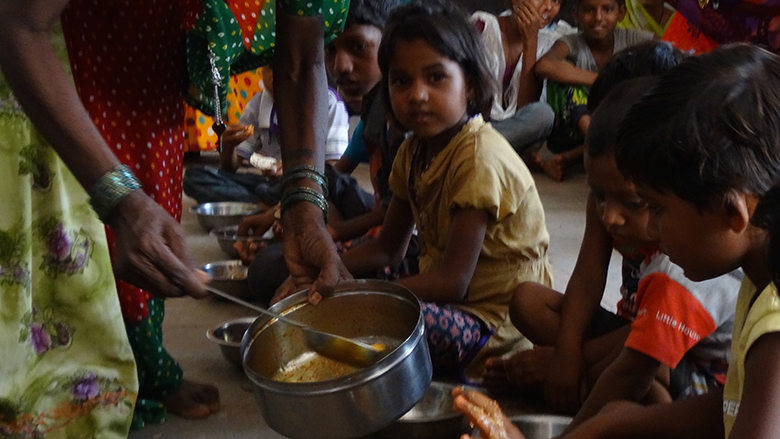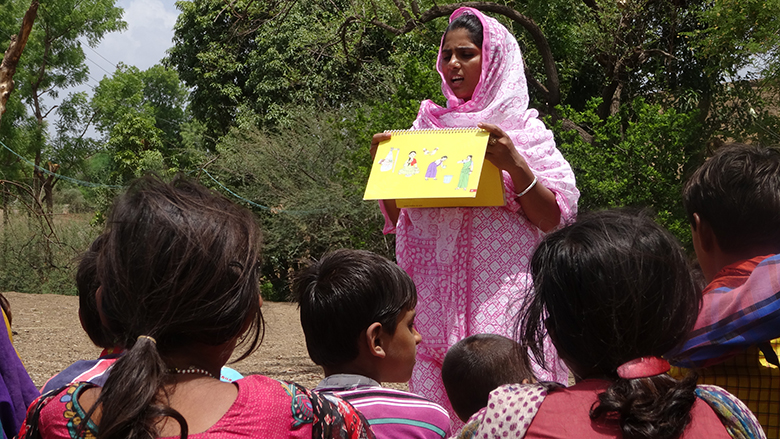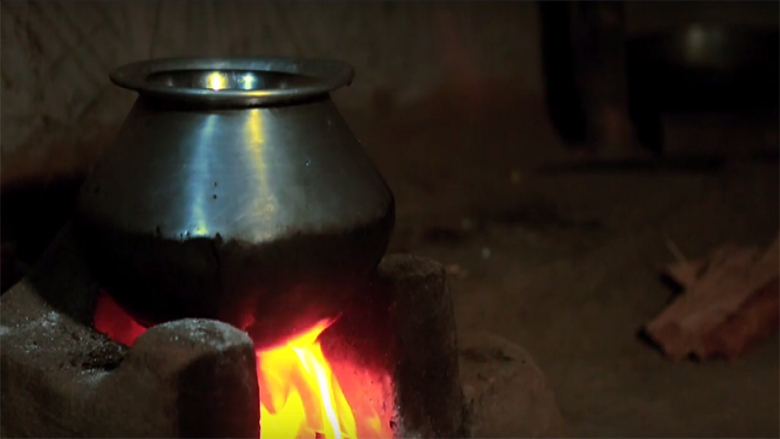In Madhya Pradesh, nearly 60% of children under five are malnourished. This rate is higher than in most sub-Saharan African Countries. However, malnutrition is not caused by a lack of food, as it is in most sub-Saharan African countries. Instead, it is caused by the lack of awareness of a nutritious diet and healthy living practices including cleaning and cooking food properly. While the Government of India has implemented effective programs like strategically placed Anganwadi centers that provide regular meals and doctor’s visits to combat this issue, the most marginalized populations either struggle to reach these centers, or are still unaware that these services exist. RMF acts as a bridge between these crucial services, and the most marginalized populations who remain without.
RMF is part of a growing trend of non-state actors who provide life-changing basic services to the bottom 20% of people. Because of resource, labor, and other constraints, governments face many challenges in providing services like clean drinking water, proper sanitation, health care and reliable energy to these communities. Without these services, these populations cannot escape extreme poverty. In the face of this, social enterprises have begun to utilize business methods and models to solve these service delivery challenges.
Social enterprises, either for-profit, nonprofit, or a hybrid of the two are organizations in which social impact is at the core of the business model. Because they are often small and outside of the government, they often are able to adapt and create innovative business models that deliver these services immediately while governments build the long term solutions to the service delivery gaps. Their solutions are often effective as social enterprise founders are either from the communities that face the service delivery problems, or have an intimate knowledge of the challenge. Many of these organizations see immediate success as investors, both private and public, provide seed funding and see early stage returns.
Unfortunately, many of these social enterprises lose their early successes as funding ends, and they still lack the capacity to scale their operations to other regions, cities, or countries. At this stage, investors are less likely to fund these programs as they show little return.
In 2013, the Social Enterprise Innovations program housed in the World Bank’s Innovation Labs, identified RMF’s Child Malnutrition Eradication Program in Madhya Pradesh in its India Development Marketplace competition as an innovative social enterprise with potential to scale its operations to villages across the region.
The program aims to support social enterprises through this scale-up time period to ensure their innovations have the potential to reach maturity, and push the frontier of service delivery to the most deprived. With this resource RMF was able to scale its operations across five additional villages in Madhya Pradesh, improve its financial and human resources capabilities, and reach more than 35,000 children to improve their nutrition and health. Additionally, after being recognized by the World Bank Group, they were approached by the Government of Bihar to scale their operations there: an eastern region of India where malnutrition rates are slightly less than that of Madhya Pradesh.
As RMF is scaling its operations, Deepali still visits Jivendra weekly to check up on his progress. Because of her relationship built on trust and understanding with his mother, Deepali was able to regularly weigh, measure and take Jivendra to the Nutrition Rehabilitation Center when needed. Additionally, she worked with his mother to learn and apply healthy living practices and to access the Government’s services. Jivendra, now a toddler who endlessly chases the other village children, barely resembles the sickly boy Deepali met only two years ago.



